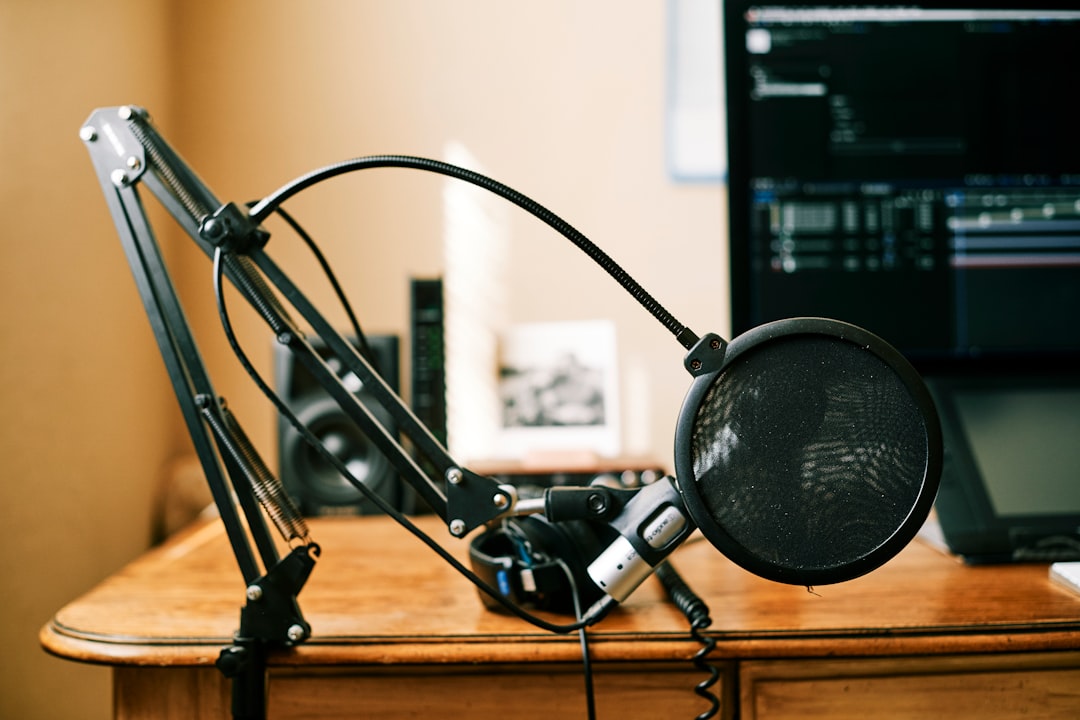How I Use Different Podcast Speeds to Maximize My Information Intake.
How I Use Different Podcast Speeds to Maximize My Information Intake
In today’s fast-paced world, information is everywhere. For me, podcasts have become an invaluable source of learning, entertainment, and professional development. But with so much to consume and so little time, I quickly realized that simply pressing play at the default speed wasn’t cutting it. My journey to truly maximizing the knowledge I extract from every episode led me down a path of experimentation: mastering the art of dynamic podcast speed adjustment. It’s not just about listening faster; it’s about listening smarter, tailoring the playback rate to the content, my current mental state, and my learning goals. This isn’t a one-size-fits-all approach; it’s a personalized system I’ve refined over time, and it has fundamentally transformed how I learn and absorb information.
Beyond the Default: My Discovery of Dynamic Listening Speeds
For years, I was a 1x speed listener. Like many, I probably thought that was the “correct” way to consume audio. But as my podcast subscriptions grew, so did my backlog. I was missing out on valuable insights simply because I couldn’t get through everything. The turning point came when I heard someone casually mention listening at 1.5x or even 2x speed. Initially, I scoffed – wouldn’t that just be a blur of noise? But curiosity, and a growing sense of FOMO (fear of missing out on knowledge), prompted me to try it. The first few attempts were indeed challenging; my brain struggled to keep up. Yet, with persistence, something remarkable happened: my brain adapted.
This wasn’t just about saving time; it was about optimizing my mental bandwidth. I discovered that different types of content, delivered by different speakers, at different times of my day, demanded varying levels of cognitive effort. A slow, deliberate speaker discussing complex philosophy might be perfectly comprehensible at 1.2x, while a fast-talking tech enthusiast reviewing product features could be understood at 1.8x or even 2x. This realization was groundbreaking. It wasn’t about a universal “fast” speed; it was about finding the “right” speed for the moment. This dynamic approach became my secret weapon against information overload, allowing me to process more, retain better, and ultimately, gain more from my audio library.
Tuning My Dial: Matching Podcast Content to Optimal Playback Rates
The core of my system lies in categorizing podcast content and then assigning an optimal speed range to each category. This isn’t rigid; it’s a flexible framework that guides my initial speed selection. It acknowledges that not all information is created equal, and neither is my capacity to absorb it at any given moment.
The “Deep Dive” Category: When Comprehension is Paramount (1.0x – 1.3x)
This category includes podcasts that are rich in complex information, require critical thinking, or introduce entirely new concepts. Think academic lectures, detailed historical analyses, or highly technical discussions. For these, my priority is absolute comprehension and retention. Speeding up too much would mean missing nuances, struggling with new vocabulary, or failing to connect intricate ideas. I often listen to these while taking notes, actively pausing, and even replaying segments. Examples might include episodes from “Philosophize This!” or in-depth interviews on “Fresh Air.” I might start at 1.0x and, if the speaker is particularly slow or the content becomes familiar, nudge it up to 1.1x or 1.2x.
The “Informative & Engaging” Category: The Sweet Spot for Most Learning (1.4x – 1.7x)
This is where the majority of my podcasts fall. These are shows that offer valuable insights, explore current events, or delve into fascinating topics without being overly dense. My brain is comfortable processing information at these speeds, allowing for efficient intake without significant cognitive strain. This range feels natural after consistent practice. I find myself easily following arguments, absorbing facts, and enjoying the narrative flow. Podcasts like “NPR’s Up First,” “The Daily,” or many business and self-improvement podcasts fit perfectly here. It’s a balance of speed and comfort, allowing me to consume a substantial amount of content effectively.

The “Background & Review” Category: Maximizing Incidental Learning (1.8x – 2.5x+)
This category is for content that I’m already somewhat familiar with, or for lighter, more conversational podcasts where the primary goal isn’t deep learning but rather exposure or reinforcement. Think of news summaries, recap episodes, or podcasts I’ve listened to before and want to quickly refresh. I also use these higher speeds for podcasts that feature very slow speakers or contain a lot of conversational filler. My brain is incredibly adept at filtering and picking out key phrases at these speeds, even if I’m doing something else like chores or exercising. It’s about leveraging every spare moment for information exposure. For instance, I might listen to a daily news briefing at 2x while making breakfast, or a casual interview show at 2.2x during a workout. The aim isn’t perfect recall of every word, but rather a high-level understanding and continuous exposure to ideas.
The Cognitive Sweet Spot: When I Accelerate and When I Slow Down
Understanding my personal cognitive capacity is crucial to this strategy. It’s not just about the podcast’s content, but also about *my* state of mind. My ability to process information at higher speeds fluctuates throughout the day and depends heavily on factors like fatigue, distraction, and prior knowledge.
Accelerating for Efficiency: My High-Focus Windows and Familiar Topics
I find my sweet spot for higher speeds (1.5x – 2.0x) during my peak cognitive hours, usually in the morning or early afternoon. This is when my brain is most alert and capable of processing auditory information rapidly. I also lean on acceleration when the topic is something I already have a strong foundational understanding of. The existing knowledge framework acts as a scaffold, allowing new information to slot in quickly. For instance, if I’m listening to a podcast about a topic within my professional expertise, I can comfortably push the speed higher because my brain isn’t struggling to grasp basic concepts; it’s building upon existing knowledge.
Another key factor is the speaker’s delivery. Some podcasters naturally speak at a slower, more deliberate pace with frequent pauses. For these, even complex topics can often be accelerated to 1.5x or 1.7x without loss of comprehension. My podcast player’s “Smart Speed” feature (which automatically skips silent passages) further enhances this, making even 2x feel like a natural conversation.
Slowing Down for Depth: Navigating Complexity and Mental Fatigue
Conversely, I consciously dial back the speed when I encounter genuinely challenging material, a speaker with a thick accent, or if I’m feeling mentally fatigued. Trying to force a high speed during these times is counterproductive; it leads to re-listening, frustration, and ultimately, poor retention. This is where my “Deep Dive” strategy comes into play, often reverting to 1.0x or 1.1x. It’s an acknowledgement that some information requires more processing time, and rushing it only diminishes the learning experience. Listening to a dense philosophical argument or a scientific breakthrough demands a slower pace, allowing my brain to form new connections and integrate complex ideas. Research on auditory processing speed supports the idea that while the brain can adapt, there are limits to how much information can be effectively processed per unit of time, especially with novel or complex stimuli. Respecting this limit is key to my information intake strategy.
Furthermore, if I’m listening during low-focus activities, like commuting in heavy traffic or engaging in household chores that require some mental attention, I might also reduce the speed, even for familiar content. This prevents background noise or intermittent distractions from causing me to miss crucial points. It’s about optimizing for the environment as much as for the content.
My Workflow for Speed Shifting: Making Intentional Adjustments Effortless
Developing a consistent workflow is essential for making dynamic speed adjustment a practical reality rather than just an occasional experiment. My primary tool for this is a robust podcast player with intuitive speed controls and customizable presets. Apps like Overcast or Pocket Casts are excellent for this.




Post Comment